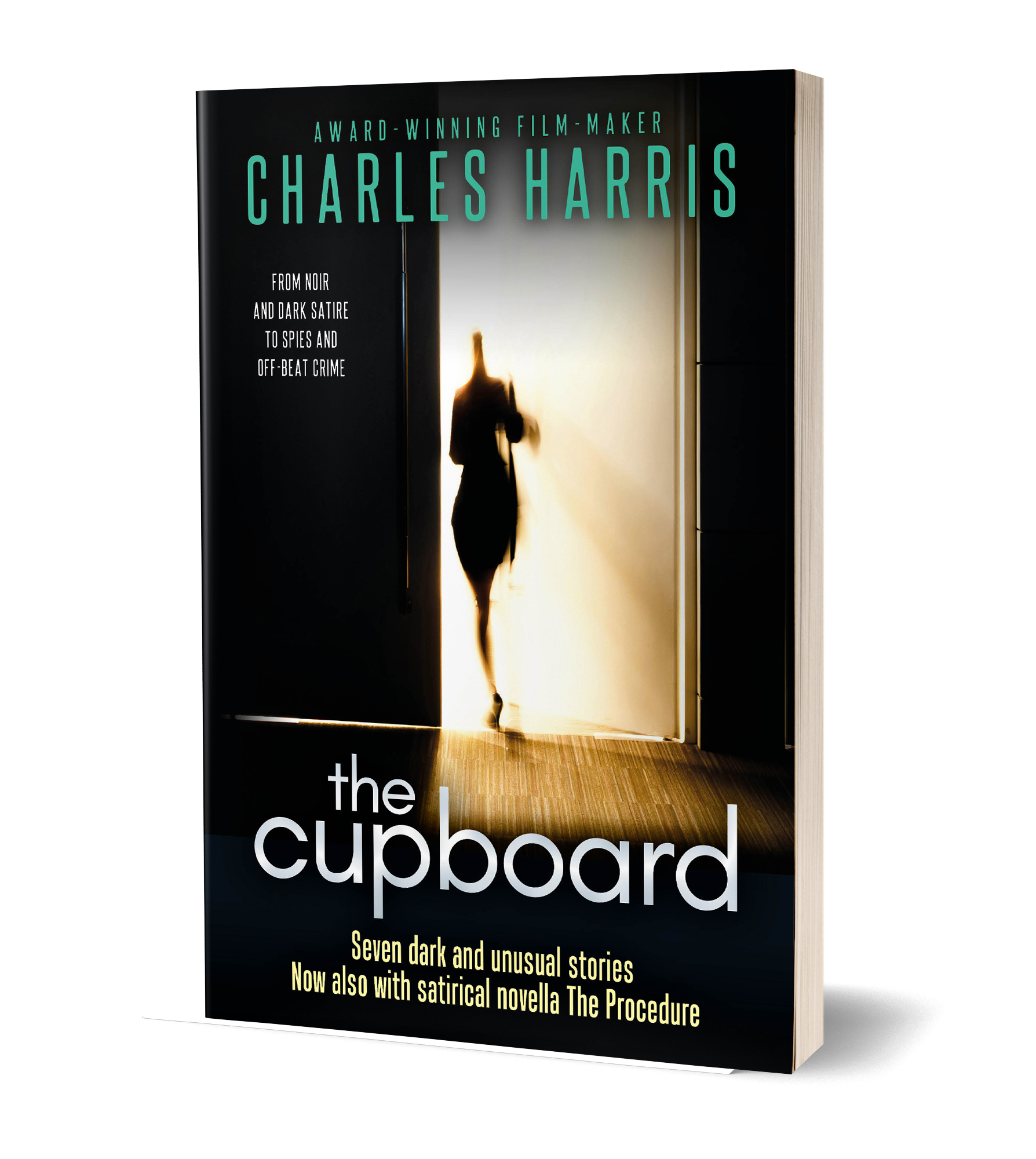How to write visually for cinema and TV
02 Friday May 2014
Tags
action, cinema, description, location, screenplay, script, setting, TV, visual writing
The pressure to write visually can feel frightening, especially if you’re new to writing or have written for other media, such as novels and plays. What generally happens is that the writer overcompensates, filling the page with visual description, but paradoxically this has the reverse effect. Rather than feeling visual, the script appears wordy and heavy-going. But when you get the hang of it, visual writing becomes simpler and more fun.
To write visually, keep it short
To write visually, write as if you were writing Haiku. The great Haiku poets of Japan can evoke a whole world in 17 syllables. You’d be surprised how little you have to say to make a picture come alive in the reader’s mind.
Look at this description from Spike Jonze’s screenplay of Her. Theodore has just stepped into a lift at work.
Melancholy song starts. Long beat.
THEODORE (CONT’D)
Play different melancholy song.
Different melancholy song starts. Hold on everyone in the elevator,
they’re all murmuring inaudibly into their own devices.
Just a few words, mostly in fact about the sound, but in our mind’s eye we create a picture of the world he’s living in.
Make it dramatically relevant
Don’t put in descriptions unless they forward the story. You may have a wonderful vision of white lilies scattered over a red upright piano as the diva sings in a purple diamante dress, but unless all these details are relevant to the story you’re just holding things up.
The descriptions in the scenes quoted above and below are all relevant to the drama. To write visually, you must write dramatically.
Write visually by writing action
Action is visual. Note how Jonze uses the action of the people in the lift to give us the feel of the shot. The best way to make your screenplay come to visual life in our imaginations is to make your characters active. In particular, make them active in trying to achieve their goals.
This is from the opening of The Wolf of Wall Street written by Terence Winter.
Absolute bedlam. 300 drunken STOCKBROKERS, most in their early 20s, chant wildly as JORDAN BELFORT, handsome, 30, stands beside a DWARF dressed in tights, cape & helmet.
A moment later, Belfort grabs the dwarf and hurls him towards a giant velcro dartboard. From the actions of the characters we see the scene.
Choose visually interesting settings and staging
I see hundreds of screenplays and rare is the writer who puts careful thought into choosing the locations and staging.
Yet, along with casting, the setting is one of the most important parts of making a story work on screen.
If you want to write visually, set your scenes in places that will excite our visual imagination and stage them in imaginative ways.
Instead of sitting in a front room, at a desk or on a park bench, can your characters be building magician’s equipment in a lumber yard, practising yoga in a cinema projection booth, digging a tunnel under the stairs or grappling with the climbing wall at the gym…?
Stretch yourself.
Get your visual imagination working, and your readers will work twice as hard on your behalf.



Tell people what you think